Documentaries come in many forms – seven, to be precise, according to documentary film scholar Bill Nichols. The information revealed in the visible evidence and testimony of a documentary usually drives the narrative and successfully engages its audience emotionally.
But the poetic mode of documentary filmmaking rarely employs the conventions of a traditional documentary: no narration, no interviews, and sometimes, no people. Russian documentarian Viktor Kossakovsky has made such a film about water, Aquarela (a Portuguese word meaning “watercolour”).
Without the standard cues of scored music, narration, interviews, and even lower-thirds indicating location, there is, I believe, a greater engagement with the film for the audience. Aquarela succeeds in achieving a feeling of presence with its audience. You quite literally feel you are there when a speeding car falls through the ice, when a terrific storm threatens to blow away a sailboat’s crew, when you peek through the world’s tallest waterfall, Angel Falls in Venezuela. In real life, there is no music cue, sound effect, or other signal that announces something before it happens. As a result, a rare form of audience engagement emerges, empathy. You are just as surprised by the indiscriminate power of water as the people in the film who, in many cases, are confronted with life-threatening situations that could easily go the wrong way.
The filmmaker claims his study of water is a film about climate change, and while there is certainly some of that evident in the scenes of melting ice, it’s really a movie about the power of water. Global warming in this film is a spectre, a sub-text, always in the background, never in the foreground as it is in so many environmental documentaries made today. While we have seen other films tackle the subject of water’s superiority over man in both fiction and non-fiction, we have seen very few with images as breathtaking as those in Aquarela. Often, I asked myself “how did they get that shot?” or “where is the camera?” or “how did they keep the camera so still in a hurricane?” Granted, these might be questions asked more by a filmmaker than a filmgoer, but these heroic and technically advanced cinematic accomplishments give us glimpses into the movement and strength of water we have seldom seen on film. Other critics have said this is the “riskiest documentary ever made.”
Shot in High Frame Rate, a high-definition format that captures images at 96 frames per second (most films are shot at 24 frames per second), you will need to ask if the cinema showing the film has the capacity to project the film at this speed. As some cinemas can only handle projecting at a top speed of 48 frames a second, it’s worth asking to ensure you see it in this spectacular fashion. You will never be so close to tidal waves, calving icebergs, waterfalls, and hurricanes, in your life – yet at a safe distance – and with such picture resolution and clarity. And how they never got one drop of water on their lenses is beyond me.
Aquarela ends up being an unnerving meditation on water; gentle in its long and languid takes, yet terrifying in the violence of its action. It’s an exercise in hypnotic horror – too beautiful too look away, too frightening to believe.

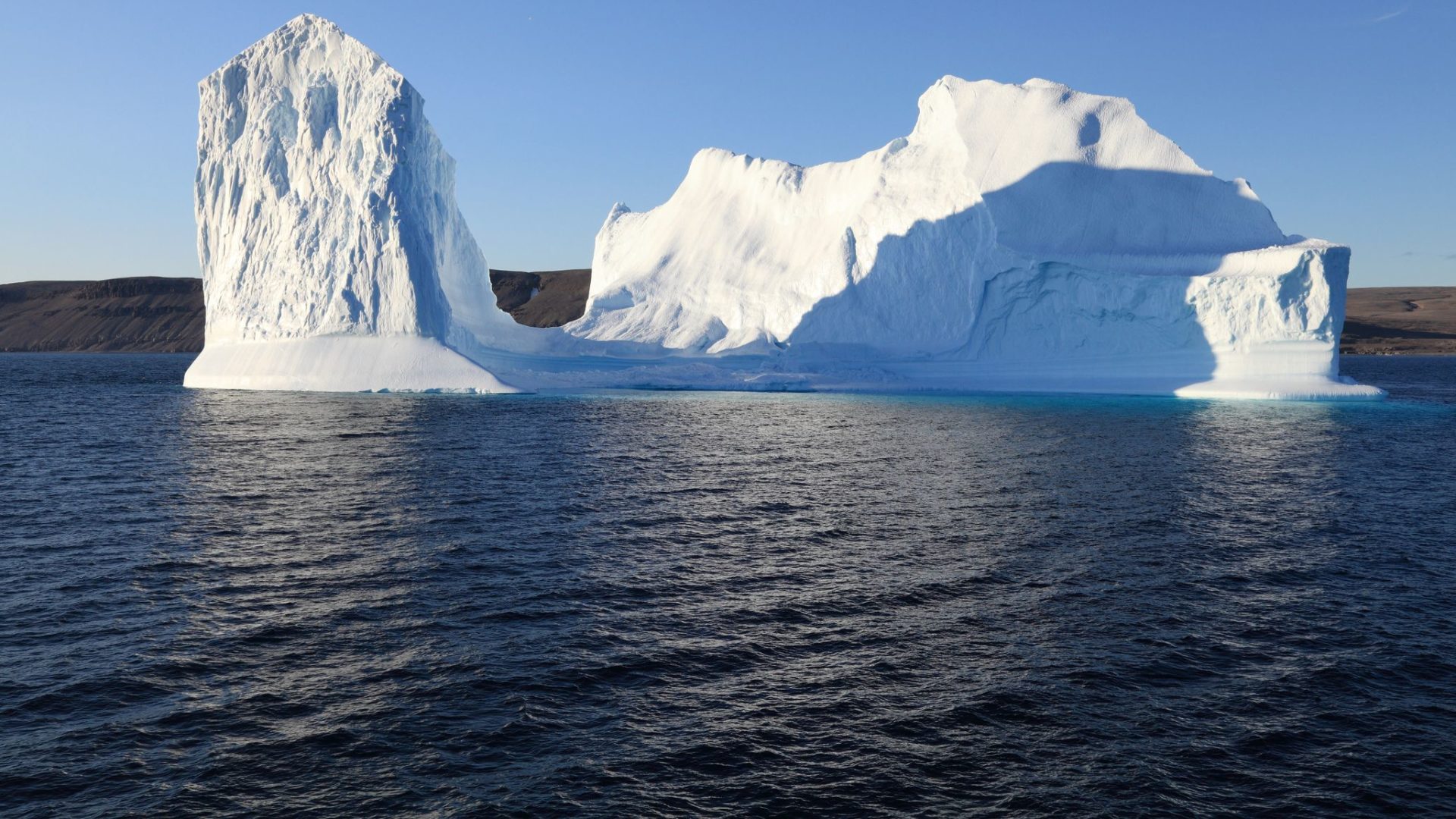

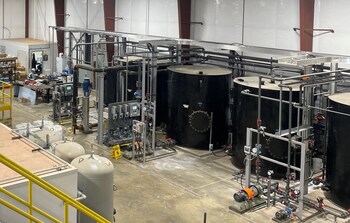

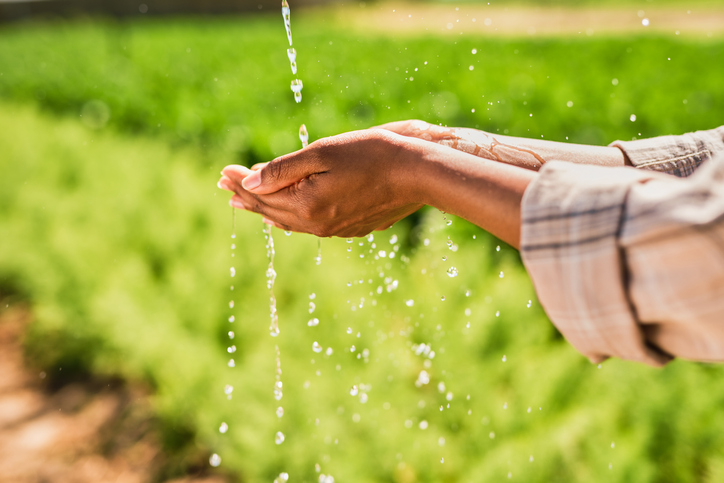
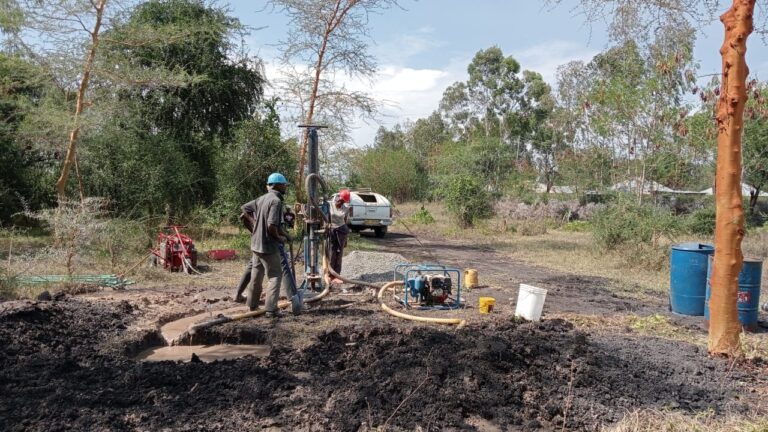
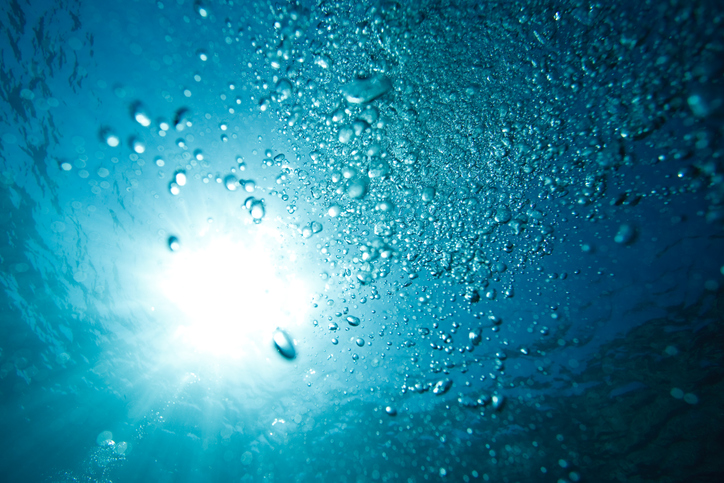




Wonderful walk through Aquarela Mark! I imagine Paul Schrader might have thought you were describing something like the transcendental style in documentary film. In fact, many avant garde directors of the last century explored a semi-documentary mode in Cineme Verite and Neorealismo. I think the poetic documentary builds on that impulse to unapologetic realism that doesn’t spoon feed a narrative to its viewers. We’re affected by the aesthetic force of the images themselves rather than their ‘content’ or the story that connects them. In fact, we the audience forge our own connections. Perhaps there’s a new artistic genre on the horizon: the Slow Documentary!